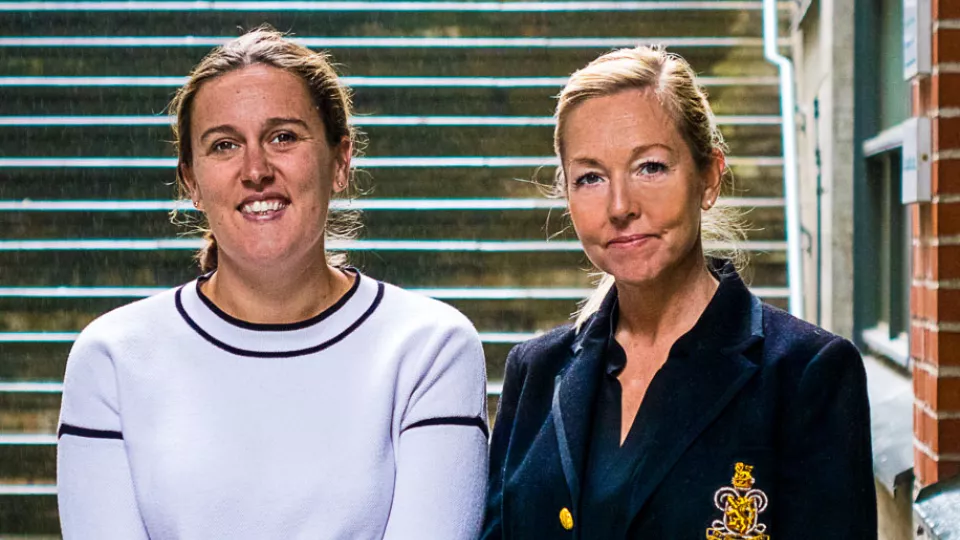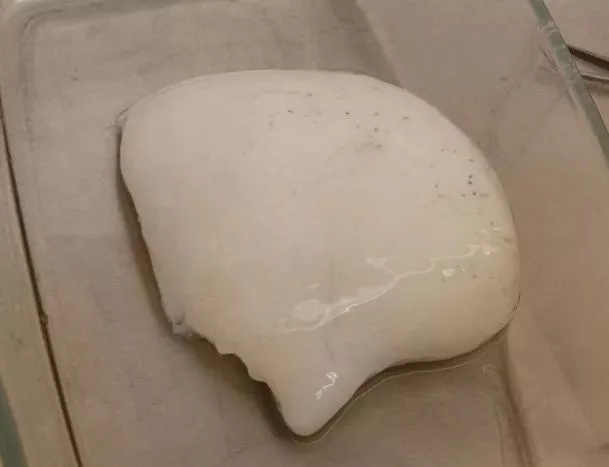Most people in Sweden, i.e. 85 percent, want to donate their organs. This is the highest percentage in the world. So why are there too few organs available for transplants? To find answers a film team has followed the work at the Skåne University Hospital in Lund, which is one of Europe's largest transplant clinics today.
Here, several ongoing research projects aim at results that could change the lives of those on the waiting list to get a new organ. For them, this could be a question of life and death.
One of the research projects, which is ongoing in the Human Tissue Lab, a newly built laboratory at Skåne University Hospital in Lund, focuses on the rejection of donated organs, which is the greatest risk for patients that have been through a lung transplant. After five years, almost half of all transplanted lungs have been rejected by the recipient. Ongoing research efforts aim to improve these figures, i.e. to increase the number of organs for transplant and lower the rejection rate. Therefore, researcher Darcy Wagner and her team at the Department of Experimental Medical Science (EMV) at Lund University and the thoracic surgeon and researcher Sandra Lindstedt Ingemansson at the Department of Clinical Sciences (IKVL) at Lund University and Skåne University Hospital have initiated a collaboration within the framework of WCMM in Lund, a translational research center with a focus on regenerative medicine. With a new method, attempts are made to personalize donated organs using the recipient's own cells.
– My team brings lungs that have not been transplanted to the Human Tissue Lab. Darcy's team removes all cells, making a so-called decellularization of the lungs. Subsequently, the cells in the lung are replaced with the recipient's own cells, explains Sandra Lindstedt Ingemansson.
– While this concept has been successfully used for simpler organs, like skin, the lung is much more complex. We and others have worked to develop methods to decellularize whole human lungs and there has been a lot of progress in this area. More recent work has been focused on the re-cellularization part and then how to transplant those lungs. says Darcy.
So far, the focus of recellularization in the lab at Lund has been to perform this on smaller pieces of a lung. The goal in the future however is to be able to do this on whole lungs. The personalization may then solve the problem of rejection
– Growing new lungs outside of the body is a daunting task and requires a large range of cross-disciplinary expertise. The collaboration that Sandra and I have established at Lund is unique because we are able to establish a pipeline from the bench to the clinic and think about our research in that way. The Human Tissue Lab has opened up new possibilities for both of our teams and allows our groups to work in close proximity with one another. However, the Human Tissue Lab is not just about the specialized equipment and infrastructure that we share. It also allows us our team to share knowledge and develop new ideas together in a lab designed for translational work.
Sandra is also working on another research project as well, aimed at detecting rejection earlier than is done today.
4 questions to EMV-researcher Darcy Wagner
What do you hope for, when it comes to your work?
My goal is to one day develop something that goes into a patient and makes a difference. For Sandra, as a physician and surgeon, this is something she experiences on a daily basis – saving lives. For many pre-clinical researchers, we can spend years generating knowledge on a subject area and we never know if it will ultimately impact a patient’s life.
How does it feel, to make break throughs?
One of the greatest joys as a researcher and now as a mentor to young scientists, is that moment of discovery and of a break through. There are a lot of difficult times as a researcher – failures in the lab, stagnation in a project – so it is important to celebrate all steps forwards, no matter how big we think they are at the time.
What is translational research and why is it wortwhile?
To me, translational research is work that bridges pre-clinical to clinical research and can move between the domains in both directions until a solution is found. Working towards a solution in the clinic is the key component which differentiates it from basic or more traditionally termed pre-clinical science, which might focus on using human cells or tissue to understand disease processes. Translational research is challenging, but thepossibility to develop new therapies for patients is what drives me.
What´s in your pipeline?
One of the newer areas for my lab is 3D printing. We will have a few papers coming out in the next year or so which focus on establishing methods to generate organs or parts of organs on demand.
Agata Garpenlind

